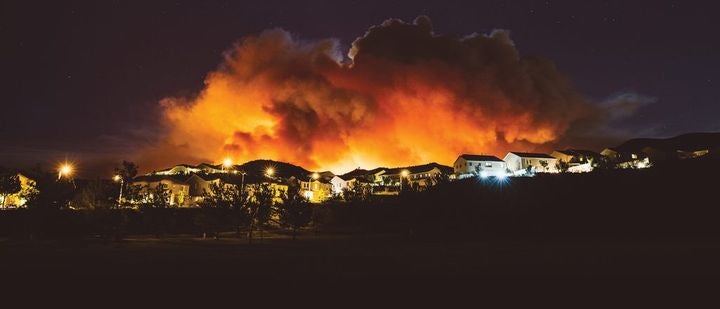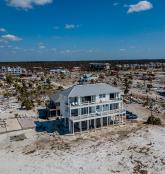With the start of the U.S. wildfire season on the horizon, in the latest edition of EXPOSURE – the RMS magazine for risk management professionals, wildfire is our lead story, as we examine whether it now needs to be considered a peak peril. The 2017 and 2018 California wildfires have forced one of the biggest re-evaluations of a natural peril since Hurricane Andrew in 1992, as the industry begins to comprehend the potential loss severities.
The article argues that there are similarities with U.S. wildfire as there was with North Atlantic hurricane in 1992 – catastrophe models were relatively new and had not gained market-wide adoption, and many organizations were not systematically monitoring and limiting large accumulation exposure in high-risk areas. Find out why a rethink is required about how the risk management industry currently analyzes the exposure and the tools it uses.

Is the industry also waking up to the reality that we are living in a riskier world? EXPOSURE asks whether insurance and reinsurance companies are prepared for regular significant losses – such as the potential of an intense U.S. landfalling hurricane, a Tōhoku-size earthquake event and a major cyber incident if these types of combined losses hit portfolios each and every year. Are we living in a world of constant catastrophes, and how is climate change influencing events?
Looking to the future of risk management, EXPOSURE takes you on a journey around a world of increasingly intangible exposure and unexpected losses, and provides a guide to navigating this complex environment. From poorly understood technology, inconsistent risk compliance, and growing reputational risk, where could the future “black swan” events emerge from?
Scientific developments to better calculate and differentiate risk continue apace, and EXPOSURE examines research around liquefaction, and how a wealth of data from the 2010-11 New Zealand earthquakes has led to pioneering research and a global re-evaluation of this secondary hazard.
And where and when disasters do occur, which groups within society are impacted the most? EXPOSURE looks at the disproportionate impact of events on specific groups, be it the young, the elderly, women, or those with disabilities. With data clearly showing the disparities in terms of impact, the article examines the importance of better data collection and the use of modeling to identify initiatives that will make a difference.
New innovations are featured in EXPOSURE, with articles on the new RMS Location Intelligence API which looks to bring granular exposure information and model insights to high-volume risks, and SiteIQ™, a new app that intuitively synthesizes complex risk data for a single location, helping underwriters and coverholders to rate and select risks at the touch of a button.
EXPOSURE looks at New Zealand, and how the introduction of risk-based pricing coupled with changes from the country’s Earthquake Commission in terms of the coverage it provides is causing growing pains in the New Zealand insurance market.
We also focus on Europe, and how an RMS study has revealed a direct correlation between the North Atlantic Oscillation (NAO) and the occurrence of catastrophic floods across Europe and associated economic losses. The analysis not only extrapolated a statistically significant relationship between the events, but critically showed that average flood losses during opposite NAO states can differ by up to 50 percent.
To view all of the stories in the current edition of EXPOSURE, click here or to browse over sixty stories across all editions of EXPOSURE.








